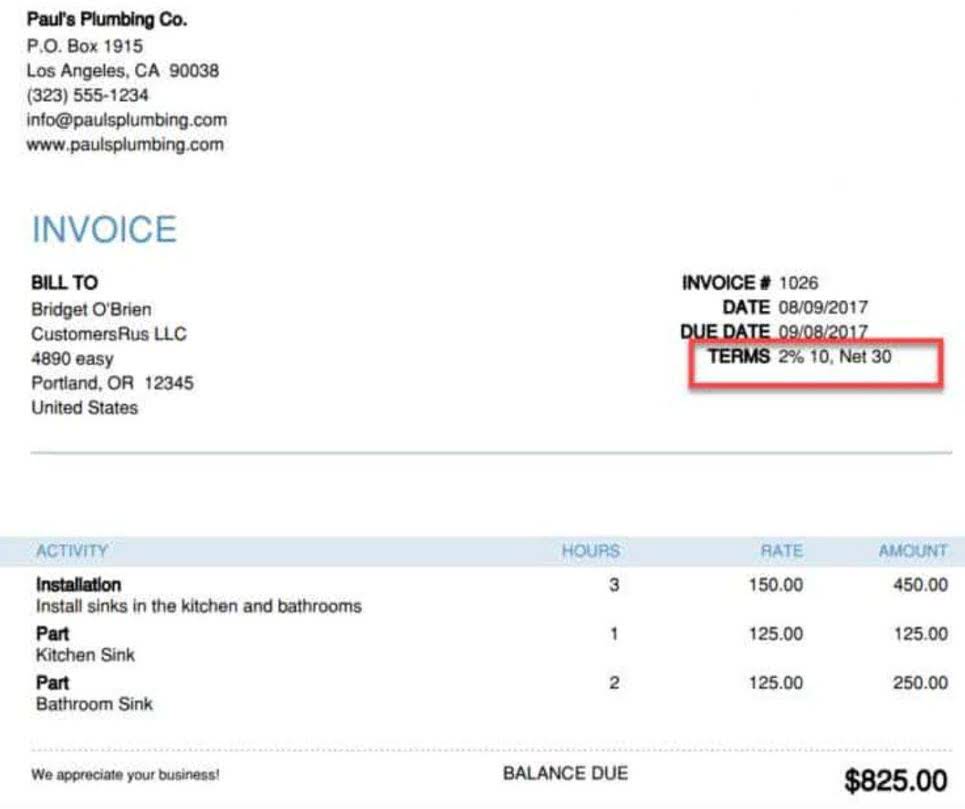
If an actual rate is computed monthly or quarterly, seasonal factors in overhead costs or in the activity base can produce fluctuations in the overhead rate. For example, the costs of heating and cooling a factory in Illinois will be highest in the winter and summer months and lowest in the spring and fall. If the overhead rate is recomputed at the end of each month or each quarter based on actual costs and activity, the overhead rate would go up in the winter and summer and down in the spring and fall. As a result, two identical jobs, one completed in the winter and one completed in the spring, would be assigned different manufacturing overhead costs. To avoid such fluctuations, actual overhead rates could be computed on an annual or less-frequent basis. For example, the cost of Job 2B47 at Yost Precision Machining would not be known until the end of the year, even though the job will be completed and shipped to the customer in March.
Understanding and Estimating Overhead Costs
At the end of the accounting period, you’ll have a difference (called a variance) between your applied overhead (using the predetermined rate) and your actual overhead costs. If you applied more overhead than you actually incurred, that’s an over-applied overhead. Prior to the start of the accounting year, JKL Corp calculates the predetermined annual overhead rate to be used in the new year. JKL’s profit plan for the new year includes $1,200,000 as the budgeted amount of manufacturing overhead.
Materials Cost Example
Tracking any differences between applied and actual overhead also allows companies to improve future overhead estimates. Properly calculating and applying overhead rates is an important accounting process QuickBooks Accountant for businesses to absorb indirect costs into their job costing system and product pricing. Enter the total manufacturing overhead cost and the estimated units of the allocation base for the period to determine the overhead rate. By using the predetermined rate product costs and therefore selling prices can be calculated quickly throughout the year without the need to wait for actual overheads to be determined and allocated. In addition while manufacturing overheads might vary seasonally throughout the year, the use of a constant predetermined rate avoids a similar variation in unit product cost.

Best Practices for Overhead Rate Management
- Common examples of allocation bases include direct labor hours, machine hours, direct labor cost, or even units produced.
- Share office spaces – Lower facility expenses by moving into shared office spaces with common amenities.
- Overhead costs encompass all indirect expenses necessary for a business’s operations that cannot be directly traced to a specific product or service.
- Calculating predetermined overhead rates involves estimating total overhead costs and selecting an appropriate allocation base.
- Whether you’re running a small shop, bidding on contracts, or managing production in a larger firm, you’ll see why this tool matters.
- This estimated rate is established at the beginning of an accounting period and used consistently throughout.
The management can estimate its overhead costs to be $7,500 and include them in the total bid price. The predetermined rate is also used for preparing budgets and estimating jobs costs for future projects. Most companies will adopt the use of predetermined overhead rates in order to know how their products are performing even before the accounting period ends. It is a way to constantly evaluate the profitability of manufacturing instead of waiting until that reporting period comes to an end.

Product costing can be extremely helpful in managerial decision-making, and its prime use is related to product costing and job order costing. So, it’s advisable to use different absorption bases for the costing in terms of accuracy. It’s a completely estimated amount that changes with the change in the level of activity. The differences between the actual overhead and the estimated predetermined overhead are set and adjusted at every year-end. A manufacturer producing a variety of products that require different processes will have multiple overhead rates known as departmental overhead rates instead of just one plant-wide overhead rate.
Determining Estimated Overhead Cost
In addition, many businesses rely on contact center software to manage customer queries, returns, and support requests. Here, costs may be allocated based on call volumes, average handling times, or the number of agents required, rather than traditional bases like square footage of retail space. Now, forecast how many labor hours, machine hours, or total labor costs you expect over a given period. The use of such https://flinncopropertymanagement.com/understanding-appreciation-vs-depreciation-key/ a rate enables an enterprise to determine the approximate total cost of each job when completed. In recent years increased automation in manufacturing operations has resulted in a trend towards machine hours as the activity base in the calculation. If your overhead is influenced by multiple drivers for instance, some products use more machine time, others more labor a single POR may give inaccurate costs.

Savings on utilities, operational costs and sourcing raw materials, all factor into the equation. It can help scale a business, by accounting for new employee costs through visible return on each worker’s production capabilities. Cost accountants want to be able to estimate and allocate overhead costs like rent, utilities, and property taxes to the production processes that use these expenses indirectly. Since they can’t just arbitrarily calculate these costs, they must use a rate. If a job in work in process has recorded actual machine hours of 140 for the accounting period then the a predetermined overhead rate is used to: predetermined overhead applied to the job is calculated as follows.
- For example, if you add a new production facility, experience dramatic changes in utility costs, or significantly change your production methods, it makes sense to revisit your overhead rate.
- Various tools help in calculating and applying predetermined overhead rates effectively.
- If the business used the traditional costing/absorption costing system, the total overheads amounting to $26,000 will be absorbed using labor hours.
- For example, if the rate is $50 per direct labor hour, and a specific job requires 100 direct labor hours, $5,000 ($50 x 100 hours) of overhead would be assigned to that job.
Added to these issues is the nature of establishing an overhead rate, which is often completed months before being applied to specific jobs. Establishing the overhead allocation rate first requires management to identify which expenses they consider manufacturing overhead and then to estimate the manufacturing overhead for the next year. Manufacturing overhead costs include all manufacturing costs except for direct materials and direct labor. Estimating overhead costs is difficult because many costs fluctuate significantly from when the overhead allocation rate is established to when its actual application occurs during the production process. You can envision the potential problems in creating an overhead allocation rate within these circumstances.




